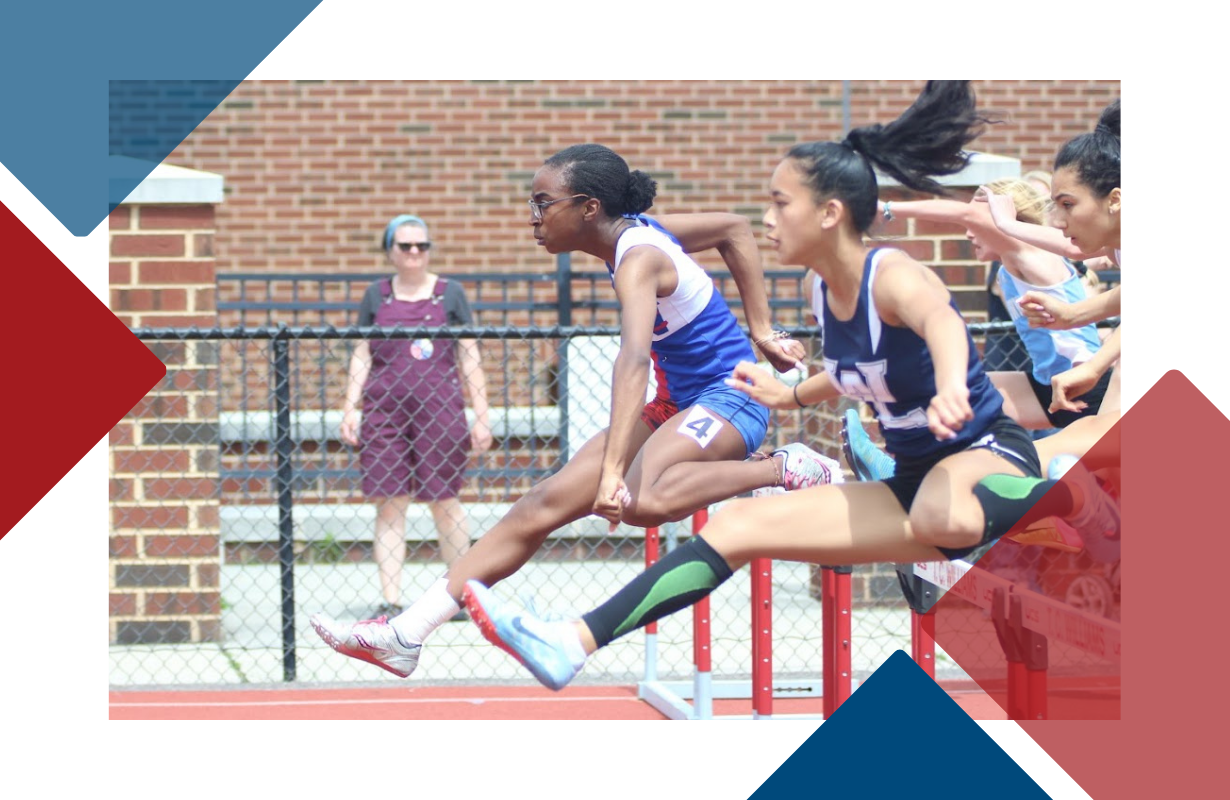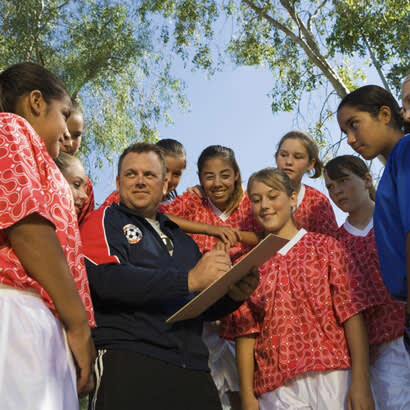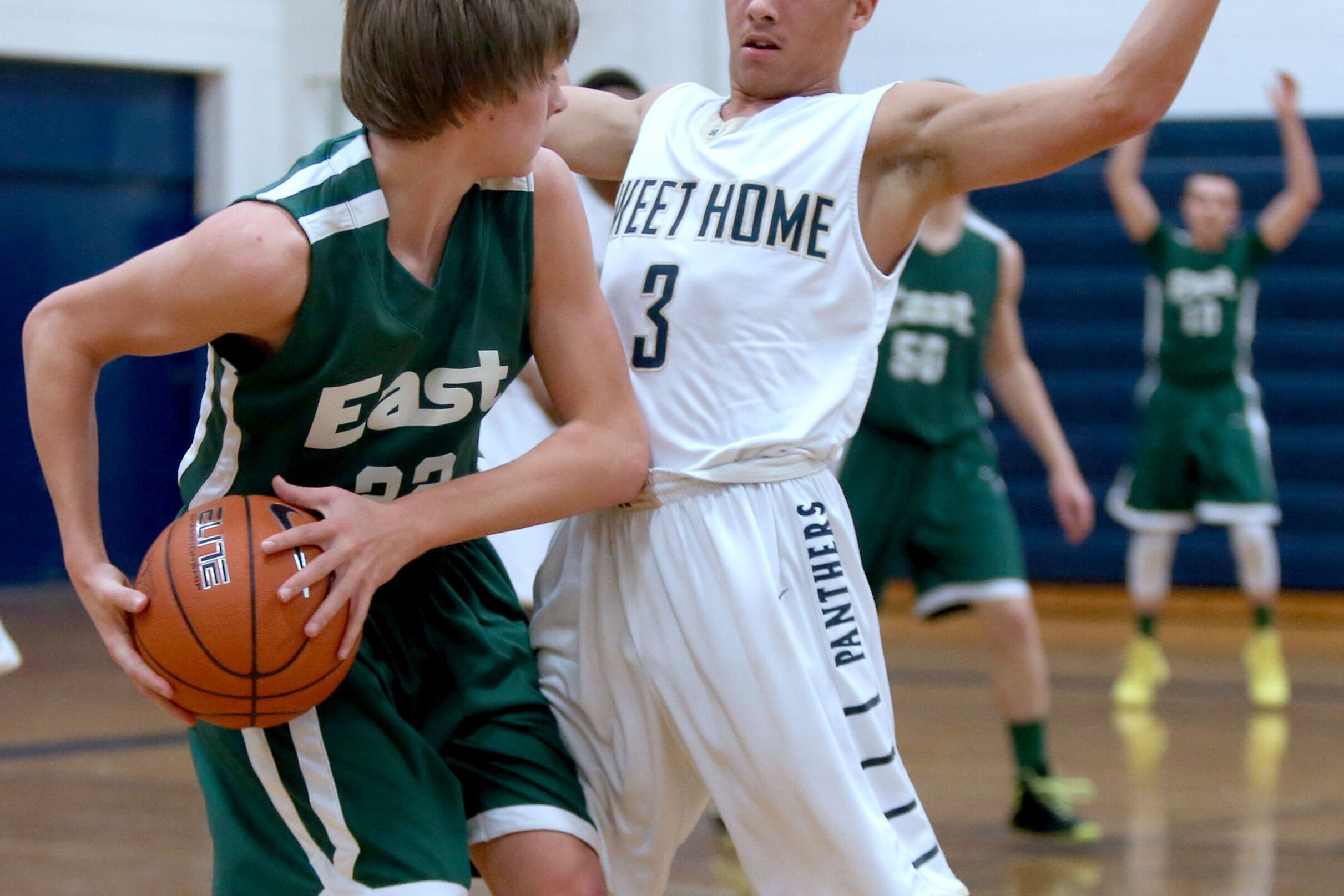How can kids engage in creative and safe play during the crisis with organized sports on hold? That’s an important question for parents given that we know from Centers for Disease Control and Prevention guidelines recommend kids get at least 60 minutes of physical activity each day.
On April 29, the Aspen institute’s Project Play hosted our fourth webinar, this one aimed at parents to help them reintroduce free play to kids. One of the positive, unintended consequences of this pandemic may be the return of free play, which had essentially died in America. But now, without the hectic schedule of organized sports, we’re anecdotally hearing of more kids and families enjoying outside play on their own terms.
So, what are creative ways to introduce free play to youth, many of whom have never tried sports in unorganized structures? How do we provide physical activity to our kids in a safe manner during the crisis? And what can parents learn about themselves and their children during this less-structured period of play? Below are highlights from our discussion.
Free play ideas
Tips from Omar Vizquel, one of baseball’s greatest and most creative defensive players
How to engage with your child in sports: “We have to wait until (his 12-year-old daughter, who plays volleyball) is in the mood because I don’t want to push her into something that then she’ll regret it or get bored of it. … What I’ve found out in all these years working in baseball, if you try to push a kid to do an activity and they don’t want to do it, they start to hate it. … Try to get a game where they’re excited about. Don’t win all the time. You’ve got to let the kids win once in a while. That’s important, so they get confidence and keep playing the game. Let them invent a game where you can go along and participate.”
Creativity with a ball: “I used to play with my brother and throw the ball as quick as possible with the wall and try to make him drop it. You create hand coordination and eye coordination, and all of those movements I took to the field. … I’ve seen these really cool balls that I didn’t have when I was growing up (the Anywhere Ball and the Incredible Ball). It’s kind of like foam and you get used to using it inside a room and the ball is not going to ruin anything. You can do things inside a small space and still be active.”
Invent new games: “We had this game (in Venezuela) hitting caps on bottles. I know it’s kind of weird because I haven’t seen that game played here in America. We used to collect the caps on all kinds of bottles we’d find and we would throw them to each other. The cap had this movement of going sideways. We used a broomstick to try to hit these caps. It was pretty hard to hit. If you have the opportunity, you should try that with your kids. Obviously, you can’t play this game inside your house.”
When it’s safe to resume organized team sports: “I don’t think it’s up to us. I think we have to listen to the organizations and the health people to let us know when is the right time to do this. Without the people in the stands and watching for you, we have no sports. The fans are the one that make the sport interesting. We have to wait until we can be in an environment where we can enjoy these activities – where we can enjoy giving a clap or raising a glass of beer because your kid hit a home run or scored a goal. We have to be patient and introduce it little by little, and the most important thing is the safety for everyone.”
Health benefits and risks of play
Tips from Ruth Katz, Aspen Institute Health, Medicine and Society Program executive director
How to play now: “It’s really clear this pandemic has hit some communities disproportionately harder than other communities, particularly African Americans. … There are activities kids can take up to be physically fit and create skills that come in handy when team sports actually return. Bike riding and walking are great examples of exercise people can be doing now. Even squats at home or using canned vegetables as weights in your kitchen (are other possibilities). Regardless of what physical activity people engage in, you have to take into account various risk factors, such as the involvement of non-household members and use of shared equipment.”
New Aspen Institute Return to Play risk assessment resource coming soon: “The idea is to provide a tool for individuals and families to assess risk in a variety of common sports and recreational activities. … For each one of the activities and sports we use in the guide, there are three categories for risk. What’s the lowest risk? What’s medium risk? What’s the highest risk? Individuals can read this and decide based on their own situation. … We’ll be collecting additional information to update it in the weeks and months ahead.”
Keep kids engaged with peers: “It’s important for kids, even if they can’t play team sports, for them to remain in touch with their friends. We want those friendships to remain and to have interactions with folks other than the families inside their houses, as well as engage in some physical activity.”
Family adjustments to no organized sports
Tips from David Andreatta, Rochester (NY) CITY Newspaper editor/travel sports parent and coach
Life without team sports: “Life has gotten a lot slower. We’re finding our priorities seem to have changed, and I think for the better. … For the first couple weeks (of the lockdown), what was interesting was my kids weren’t playing a lot of sports outside. They were finding friends on video games. … I think what was clear to my wife and I was they needed this break. They relished it and found some comfort in it. As time went on, they’ve rediscovered their sport and they’re really playing them on their own terms – throwing balls against walls, shooting pucks in driveways, rollerblading down the street. We’ve been able to have family meals we haven’t had before. We’ve been able to loaf and watch television in a way we normally wouldn’t.”
How to teach kids free play: “I don’t think it’s for a lack of interest on the kids’ part. I think it’s for a lack of opportunity. Kids that enjoy sports are mostly in structured programs now and there just isn’t a lot of time for free play now. It’s something, in retrospect, that needs to be learned and parents need to take the initiative to encourage kids to get outside. You don’t want to be watching over their shoulder all the time. That’s the thing about free play – they need to have ownership over this. When you see kids looking like they’re not knowing what to do, you have to be the grown-up in the room and introduce them to different concepts.”
Parent attitudes when organized sports return: “I hope that parents (will learn from this time off and demand less-hectic sports schedules). I hope I will. To be honest, I probably won’t. To some extent, we’re at the mercy of youth organizations that organize play and teams. It starts with the organizations deciding on lengths of seasons and with individual coaches on when they start offseason workouts, or if there should even be offseason workouts for children younger than 14. … I hope that recreational leagues – the leagues that were the foundation of youth sports for so many years before tourism bureaus and for-profit organizations got involved – can step up their efforts and offer a level of play that’s competitive enough but also sane enough that people can participate in. This is a big opportunity for recreational leagues to step up.”
Do you have a topic that you would like Project Play to explore in future COVID-19 youth sports coverage? Email Jon Solomon at jon.solomon@aspeninstitute.org.





















